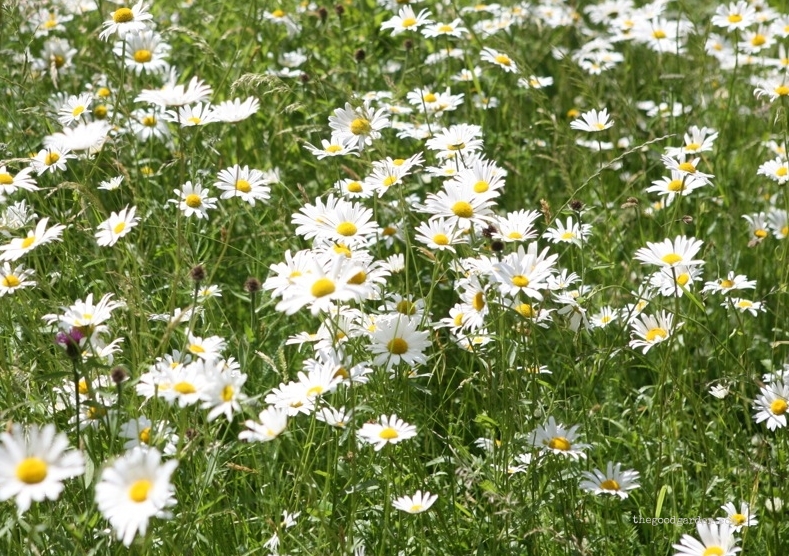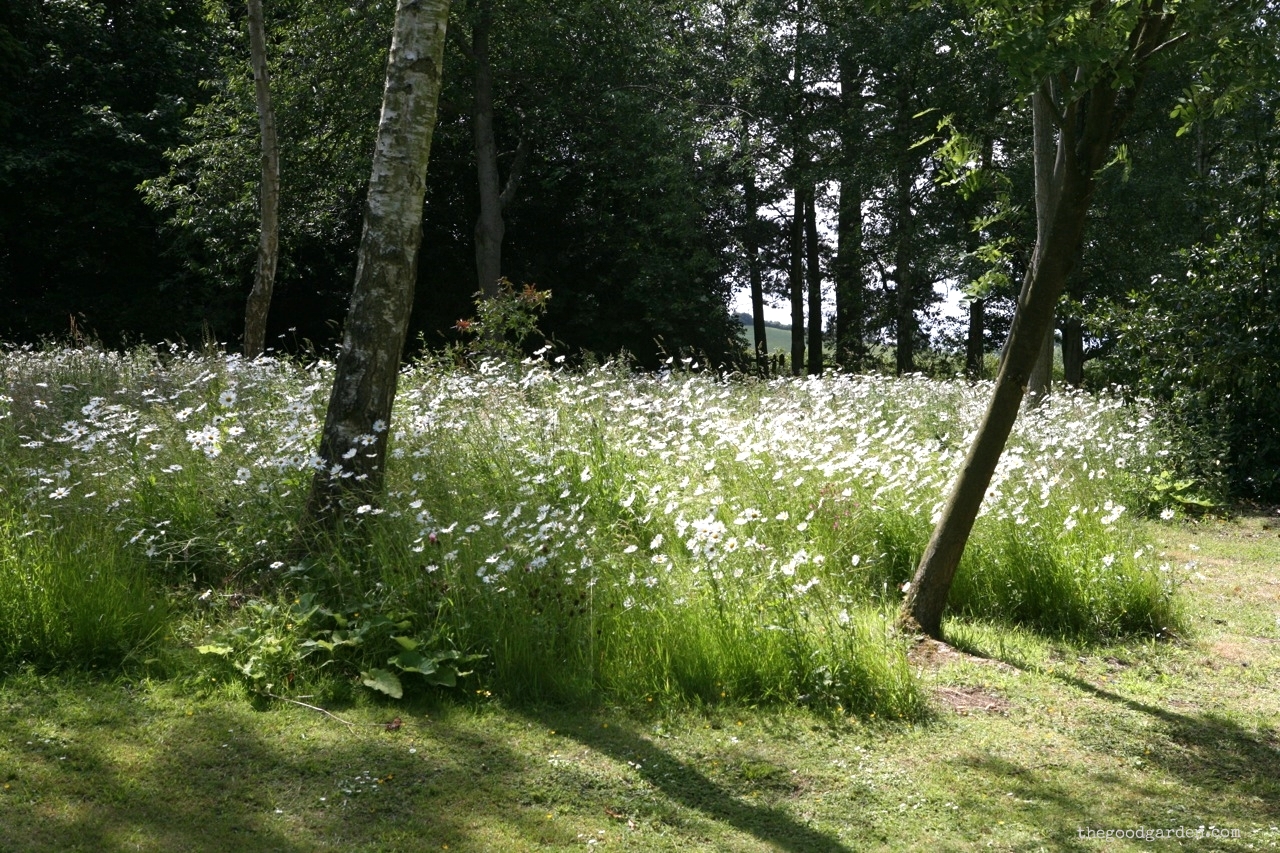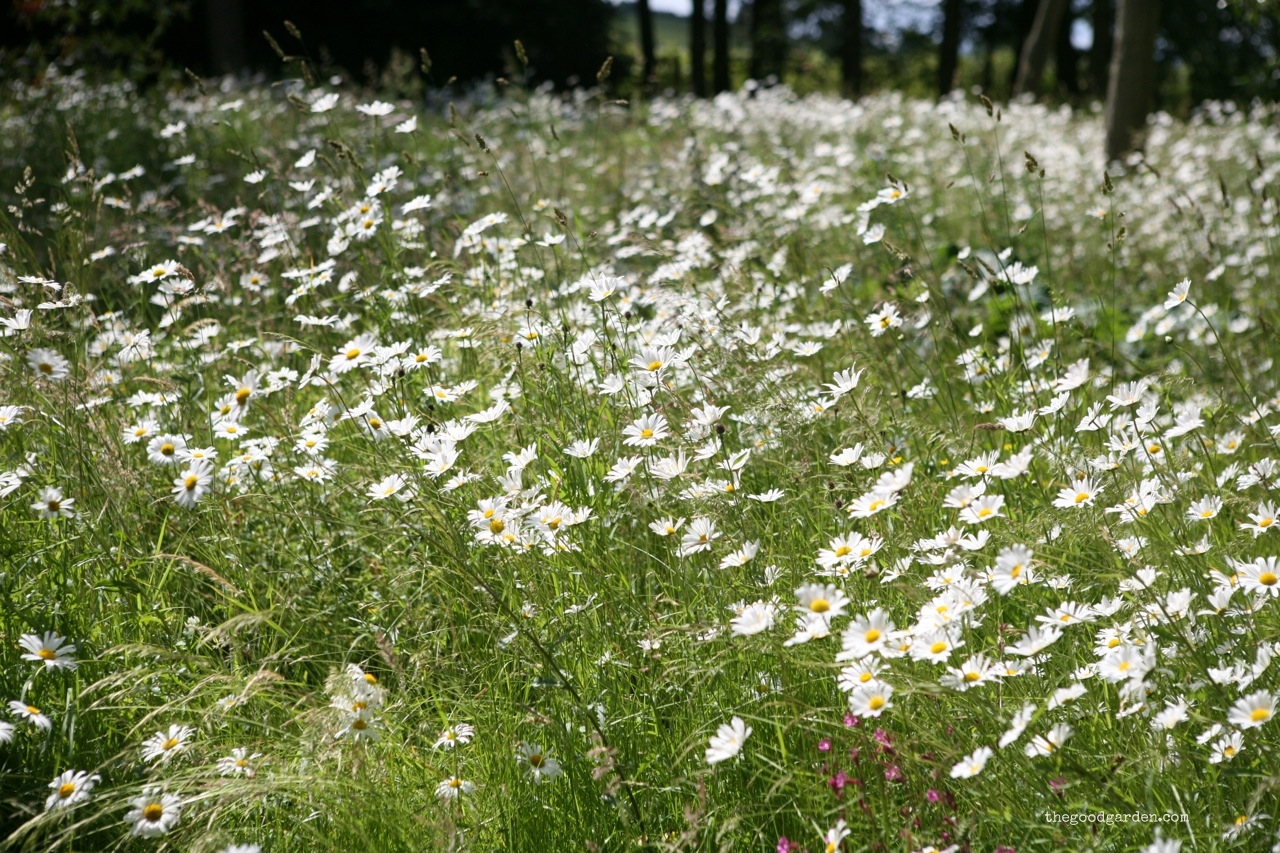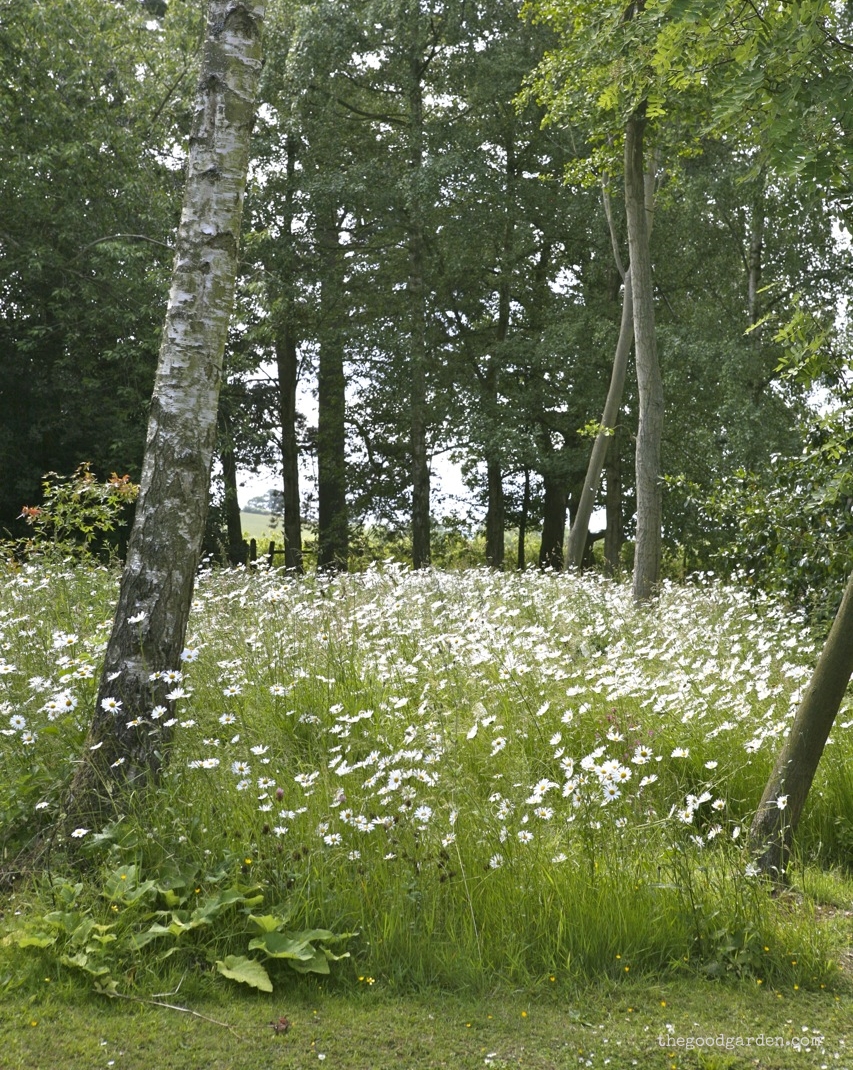Two things I appreciate most about Tuinzondernaam, the gardens of Frank Thuyls and his late partner Pierre van Kol: First, they show us that historic garden ideas are relevant to gardens today; second, they demonstrate that when we combine great design with what we love, we can create magical outdoor space. Frank and Pierre’s gardens invite us to dream; to believe that anything is possible.
Through a dozen garden rooms, they have transformed their landscape into a series of distinct worlds; each one unique. All within a half acre plot, their property feels ten times bigger.
On the summer day I set out to visit Frank, the weather was perfect. The roughly 2 hour drive southeast of Amsterdam took me through Utrecht, the Dutch countryside, and finally into Liessel.
Tucked at the end of a small gravel lane in the middle of a corn field, the house would be easy to miss from the road were it not for a hand painted wood sign. Today the house blends into the landscape and is full of windows that frame views of the garden. Originally the site was used by the Germans for a World War II anti-aircraft battery.
Over a wonderful cup of fresh European coffee, Frank shared the history of the garden. He explained how Pierre first found the place and how their first attempt was to plant a woodland that never felt right. The idea for outdoor rooms came to them when they visited the garden of Dutch designer Ineke Greve. By extending the lines of exterior and interior walls of the house, so that windows would frame a view from inside, they created the outlines of the new landscape. One garden room led to another; each provided a sense of accomplishment that encouraged them to create more.
Expertly trimmed yew and hornbeam hedges define the spaces. I love the one boundary that is a stone wall with a doorway and windows. It serves both to frame the formal Taxus Garden and to create architectural interest.
Pathways of slate, brick and woodchips connect the rooms; and focal points – like an urn, sundial, or statue - draw the eye out and serve as guides. An oval opening in one hedge borrows the view of beautiful farmland beyond. Benches provide destinations and thoughtful details reflect their personalities.
Our tour passed through the Pink, Kitchen, and Yellow gardens. The Burgundy Garden tucked into a corner was a real surprise. And despite the formality, there is even space for a picturesque woodland.
Many of the photos above are from the Rose Garden. Frank explained that this was Pierre’s favorite. A teak bench is backed by hornbeam and a pair of pleached sycamore. The inscription on the bench reads, “Dear Pierre, for me you stay forever.”
Frank is generous in sharing advice from the philosophical to the practical. Here are a few of my favorites:
"Start small": Pick one space to work on and once you’ve got that down, you can create another. Don’t take on too much at one time.
"Keep it simple": Stick to one color scheme per room in order to maximize the drama of moving from one room to the next.
"Maintain one room at a time: It is so satisfying because you always have the feeling that you finished something. Tomorrow another one.”
"Consider the sun": When planning garden rooms with symmetrical plantings and tall hedges be sure to take the movements of the sun into account since often each side will get different light.
"Use composted manure:" When spreading manure, make sure that it is well composted and a little goes a long way.
"Make it personal and have fun": Most of all, he said that the garden should reflect what makes you happy. Flame tipped topiary, colored glass reflecting balls, and gargoyles from antiquing trips are a few of the ways that Frank injects himself into the garden.
I found it interesting that Frank and Pierre chose a humble name for their award-winning garden: “Tuinzondernaam” - the garden with no name. But their garden is not humble. It is a celebration of style, color, and personality. At times soothing, at others exhilarating.
Just as Frank and Pierre were inspired by Ineke Greve’s work, I left Frank’s place full of ideas for my own garden. Frank’s approach and coaching also gave me the confidence (and hope), that with hard work and patience, I too could create the garden of my dreams.
Visit Tuinzondernaam’s website to learn more about the garden and to inquire about a visit. This is a must see on any visit to the Netherlands.
Check out the one minute video below to get a bird's eye view of the garden. Click here for more arts and crafts garden inspiration.
Frank Thuyls sharing his garden wisdom during one of many garden tours he hosts. Source: w-rusch.de




























